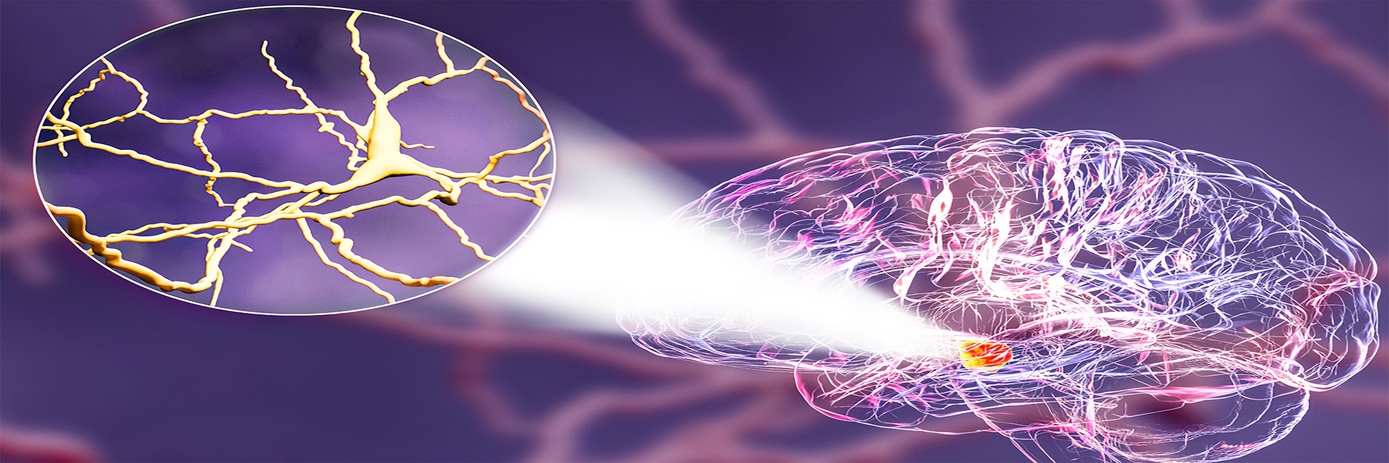In recent years, interest in human three-dimensional (3D) organ-like microtissues called organoids has skyrocketed, with citations increasing exponentially in the scientific literature over the past decade. Organoids are structurally and cellularly complex, with functions which mimic their human organ counterparts. These characteristics give them distinct advantages over traditional two-dimensional (2D) monolayer cell systems, which do not accurately recapitulate human physiology and often lack potentially relevant cell subpopulations.
Organoids also hold advantages over animal models, which inherently possess species-dependent differences and can be logistically and ethically challenging to evaluate in large experiments. However, organoids are not without their own difficulties. Reproducibly growing these miniature organs with consistent morphologies, cellular compositions, and biologically relevant cell functions has proven to be a formidable task. Similarly, generating large quantities of uniform organoids has remained challenging, as has characterizing their functionalities and evaluating them in a high-throughput fashion.
To overcome these limitations, and make organoids more amendable for drug screening and development applications, researchers are turning towards automation technology. Automated systems are programmed to precisely carry out a series of controlled tasks, including seeding cells into wells, feeding organoids, and adding growth factors at defined time points, to ensure uniform growth and development and allowing for the generation of thousands of identical organoids simultaneously. Coupling automated systems with high-content screening provides a means of gathering vast amounts of data, from structural information to cell-type specific responses, in a high-throughput manner.
The potential of automation technology
For researchers like Dr. Jan Bruder of the Max Planck Institute for Molecular Biomedicine, these technologies provide opportunities to use organoids as model systems for predicting human toxicity of chemical substances and to screen for novel drugs targeting Parkinson’s disease. Parkinson’s disease is characterized by the loss of dopaminergic neurons in the substantia nigra, a structure located in the midbrain. Many studies hypothesize that genetic and environmental factors, including exposure to toxicants, may play a role in the long-term etiology of the condition.
Dr. Bruder’s laboratory has established an automated workflow for the generation and optical analysis of human midbrain organoids. The main challenges to overcome were: 1) standardization of organoid biology and production, and 2) ensuring analysis could be automated and achieve high throughput. Using human small molecule neural precursor cells (smNPCs), Dr. Bruder’s group has generated organoids that closely mimic the cellular composition, gene expression, and functionality of the human midbrain.
Importantly, these organoids are highly homogenous and reproducible, readily scalable due to their automated production, and amenable to high-throughput screening methodologies. When paired with high-content imaging and tissue clearing, whole mount imaging at single-cell resolution is achievable at scale.
Unknown toxicities identified in midbrain organoids
The complex cellular composition of these midbrain organoids enabled Dr. Bruder’s group to identify the flame-retardant 3,3′,5,5′-tetrabromobisphenol A (TBBPA) as a selective toxin for dopaminergic neurons, a previously unknown interaction. They also showed that the pesticide lindane is significantly more toxic in midbrain organoids than 2D-cultured dopaminergic neurons, demonstrating the importance of using structurally complex 3D models to evaluate toxicity.
The cellular complexity of these midbrain organoids provides researchers with a valuable tool to study how compounds interact with different subpopulations of cells and tissues. This is particularly useful for studying diseases that impact specific cell types, such as Parkinson’s disease, which primarily affects dopaminergic neurons at its onset.
Thanks to the work of Dr. Bruder and others in the field, the potential of organoids is quickly being realized.
Revvity Inc. does not endorse or make recommendations with respect to research, medication, or treatments. All information presented is for informational purposes only and is not intended as medical advice. For country specific recommendations, please consult your local health care professionals.


































